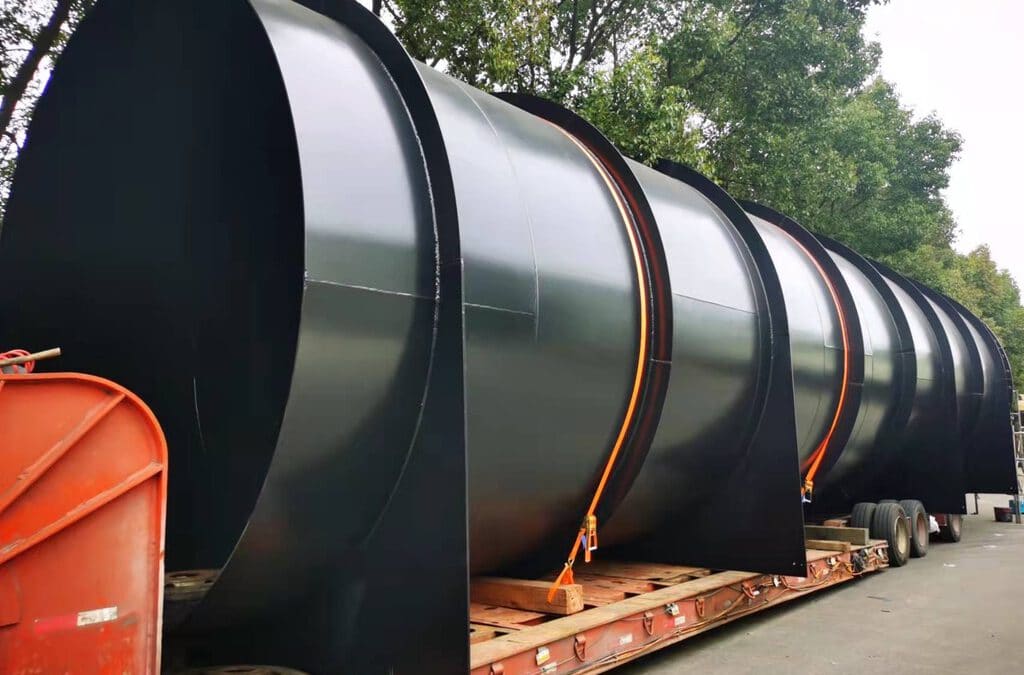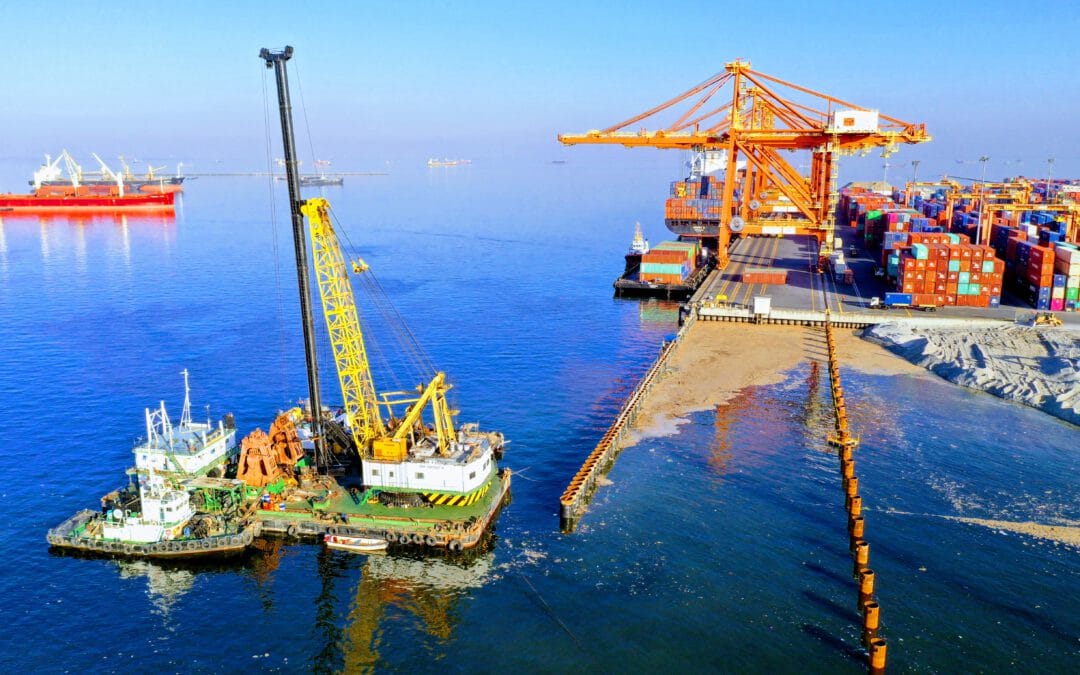In our first series of Sheet Pile 101, we seek to debunk some of the myths that has been lingering among many of our customers with regards to Sheet Piles.
Cold Formed vs Hot Rolled Sheet Piles
| Hot Rolled | Cold Formed | |
| Interlocks | Larssen or Ball & Socket | Hook and Grip |
| Standards | EN 10248 | EN 10249 |
| Raw Material | Beam Blanks | Hot Rolled Coils |
| Thickness of Piles | EN: 16mm / JIS: 20+mm | EN: up to 16mm |
| Width | JIS: 400/500/600/900 | EN: 400 – 750mm |
| EN: 400 – 750mm | ||
| Steel Grade | JIS: SY 295 / SY 390 | EN: S275/S355/S390/S420/S460 |
| EN: S275/S355/S390/S430 | ASTM A690M | |
| Permanent Use | Yes | Not Recommended |
| Temporary Use | Yes | Yes |
What is the difference between Hot Rolled and Cold Formed Sheet Piles?
The main difference lies in the process of which the piles are being produced. Hot Rolled Sheet Piles are produced directly in hot form from a beam blank into its final shape. Cold Formed Sheet Piles on the other hand uses Hot Rolled Coils to roll them under pressure into its final shape in cold (room temperature) forming state. As Hot Rolled Sheet Piles are formed under heat, complex interlock shapes are therefore possible however for Cold Formed Sheet Piles, it will just be a simple hook and grip type interlock. Due to the investment required for Hot Rolled Sheet Piles and its associated machinery, there are few mills in the world who can produce such sections. EN Standard Piles are mostly produced in Europe while JIS standard Hot Rolled Sheet Piles are produced in Asia.
Feedstock of Cold Formed Sheet Piles are Hot Rolled Coils and they are largely available worldwide. Due to this availability, Cold Formed Sheet Piles are normally more readily available in lead time and are produced closer to your project location. Furthermore, the ability to buy different types of width and thickness of coils, gives Cold Formed Sheet Piles the added ability to customize new sections and shape which could be optimized to save on weight.
Hot Rolled VS Cold Formed
Are Cold Formed Sheet Piles Equivalent to Hot Rolled?
All sheet piles are designed based on their sectional properties such as section modulus, moment of inertia and steel grade. However, care needs taken in understanding that there is inherent residual stress inside of interlocks and web and flange. At low section modulus and thin profiles (6mm) and below, cold formed sheet piles may perform at the same level as Hot Rolled equivalents. However, at higher thickness than 6mm, more difference may show. For example, hot rolled steel sheet piles are stiffer and more rigid that its cold formed counterparts. Also, classification of sheet piles for cold formed tends to fall into Class 4 rating in EN Standard, hence, Elastic Section Modulus may not be suitable for calculation.
Water Tightness of Cold Formed Sheet Piles?
Contrary to popular believe, Cold Formed Sheet Piles to give very respectable water tightness. Though in most cases, water conductivity in Hot Rolled Sheet Piles are still lower than Cold Formed Sheet Piles, Mer Lion Metals can always supply piles with waterproofing membrane pre-injected in the factory without the hassle of it being done on site. This membrane is called Wadit and it is by far the most superior type of waterproofing method made specifically for the sheet piling market.
What Tolerances do Cold Formed Sheet Piles conform to? Do Cold Formed have poorer tolerances since they are not Hot Formed?
Cold Formed Sheet Piles are manufactured to EN 10249 standards while Hot Rolled ones are done to EN 10248 standards. It is in fact a myth to think that Cold Formed Sheet Piles have poorer tolerance! In fact because the Cold Formed Sheet Piles are produced under a room temperature state, many of its dimensional properties, such as straightness, thickness etc could be controlled easily. In the case of Hot Rolled Sheet Piles, these tolerances are much harder to control under high temperature and when the pile cools, it too changes in tolerances.
Combination Walls have been traditionally a Hot Rolled Sheet Pile Product. Can be it done Cold Formed?
Of course! Popular Hot Rolled Sections used in Combination walls such as HZM and PSp Walls that are commonly used by European Manufacturers can be replaced by Cold Formed Combination Walls. Beams coupled with Cold Formed Sheet Piles were used for projects in Italy and Jebel Ali.






